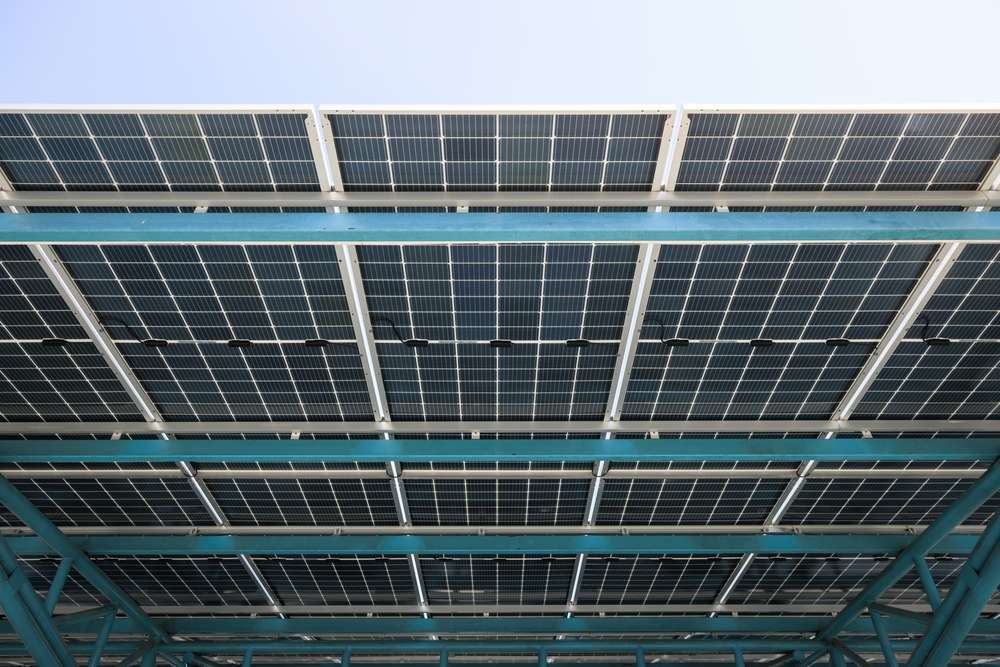Preparing Your Home for Peak Demand Periods and Outage Resilience
Preparing a home for peak electricity demand and potential outages involves both short-term behavior changes and longer-term investments. This article explains how household energy use interacts with the grid, how metering and smart meter roles affect consumption signals, and practical steps—including renewables, storage, and efficiency measures—that increase resilience during high-demand periods and power interruptions.

Getting your home ready for times of high electricity demand and potential outages combines practical habits with targeted upgrades and planning. Knowing how household energy use interacts with the grid, how metering and tariffs influence consumption, and how local renewables and storage can provide backup helps homeowners balance reliability and cost.
How does energy demand affect my home?
High electricity demand on the grid can cause price spikes, increased risk of outages, and stress on local distribution infrastructure. For a household, demand peaks typically occur during mornings and evenings when heating, cooling, cooking, and appliance use overlap. Reducing coincident demand—shifting flexible loads like laundry or dishwashing to off-peak hours—helps lower household bills under time-of-use tariffs and reduces strain on the grid. Understanding local demand patterns and the timing of peak periods from your supplier or local services can inform when to reduce consumption to improve both reliability and cost-effectiveness.
What role does metering and smart meter play?
Metering technology provides the data needed to manage consumption and respond to demand signals. Smart meter installations record usage in short intervals and enable time-of-use tariffs, alerts about high consumption, and more detailed billing. With interval data, households can identify high-draw appliances and change routines to avoid expensive peak windows. Smart meter-enabled services may also offer remote monitoring and integration with home energy management systems, allowing automated load shifting. Check with local services about meter compatibility, any installation fees, and how tariff options are reported on your bills for informed decisions.
How can renewables and solar improve resilience?
Distributed renewables such as rooftop solar can reduce grid dependence during daylight hours and lower overall consumption from the grid. When paired with behind-the-meter storage, solar systems can provide power during evening peaks or brief outages. Storage capacity and system design determine how long critical circuits (lights, refrigeration, medical equipment) can be sustained. For resilience, prioritize an inverter and battery system sized to essential loads and consider whether your system supports islanding (disconnected operation during grid outages). Local regulations and permitting affect how and when solar-plus-storage systems can be installed and operated in your area.
How do tariffs, billing, and pricing influence use?
Tariffs and billing structures signal when electricity is more or less expensive and directly affect household decisions about when to consume energy. Common models include flat rates, time-of-use (TOU) pricing, and demand charges for larger customers. Under TOU pricing, shifting discretionary loads to off-peak periods can reduce bills; under demand-based tariffs, lowering peak instantaneous usage can avoid additional charges. Review your billing and any meter data to see how consumption maps to tariff periods. Consider whether switching to a tariff that aligns with your daily routine could reduce both costs and peak demand impact on the grid.
What steps increase efficiency and reduce consumption?
Efficiency reduces the energy needed for the same services and is one of the most cost-effective resilience measures. Upgrade lighting to LEDs, improve insulation and sealing to lower heating and cooling loads, and replace old appliances with higher-efficiency models where feasible. Use smart plugs or programmable thermostats to schedule loads outside peak windows and to prevent simultaneous operation of high-draw devices. Regular maintenance of HVAC systems, refrigerators, and ventilation reduces unexpected failures during peak periods. Energy efficiency lowers overall consumption, reduces exposure to price volatility, and prolongs the utility of backup storage during outages.
| Product/Service | Provider | Cost Estimation |
|---|---|---|
| Residential electricity tariff (typical market range) | EDF Energy (UK) | ~0.25–0.40 GBP per kWh (estimate range) |
| Residential electricity tariff (typical market range) | E.ON (Europe/UK) | ~0.20–0.38 EUR/GBP per kWh (estimate range) |
| Residential electricity tariff (typical market range) | Enel (Italy/Europe) | ~0.18–0.30 EUR per kWh (estimate range) |
| Residential electricity tariff (typical market range) | PG&E (USA, California) | ~0.20–0.40 USD per kWh depending on tier and TOU (estimate range) |
Prices, rates, or cost estimates mentioned in this article are based on the latest available information but may change over time. Independent research is advised before making financial decisions.
Practical pricing and provider comparison
Real-world pricing varies by region, tariff structure, and household profile. The table above lists several well-known providers operating in major markets with broad national or regional presence; cost estimations are given as ranges to reflect variability between standard and time-of-use tariffs, seasonal changes, and local taxes or levies. When evaluating providers or equipment (solar panels, inverters, batteries), compare installed system costs, expected energy yield, maintenance, warranties, and any available incentives for renewables or storage in your area. Use meter data to estimate likely savings and payback periods for upgrades.
Conclusion
Preparing for peak demand periods and outages is a combination of behavior change, metering awareness, efficiency investment, and, where appropriate, distributed generation with storage. Reviewing your billing and tariff options, installing or using smart meter data, and prioritizing energy efficiency reduce both costs and vulnerability. For resilience during outages, size backup systems to cover essential loads and confirm regulatory and technical compatibility for islanding. Thoughtful planning tailored to local services and grid conditions improves comfort, lowers consumption, and enhances reliability without unnecessary expenditure.






